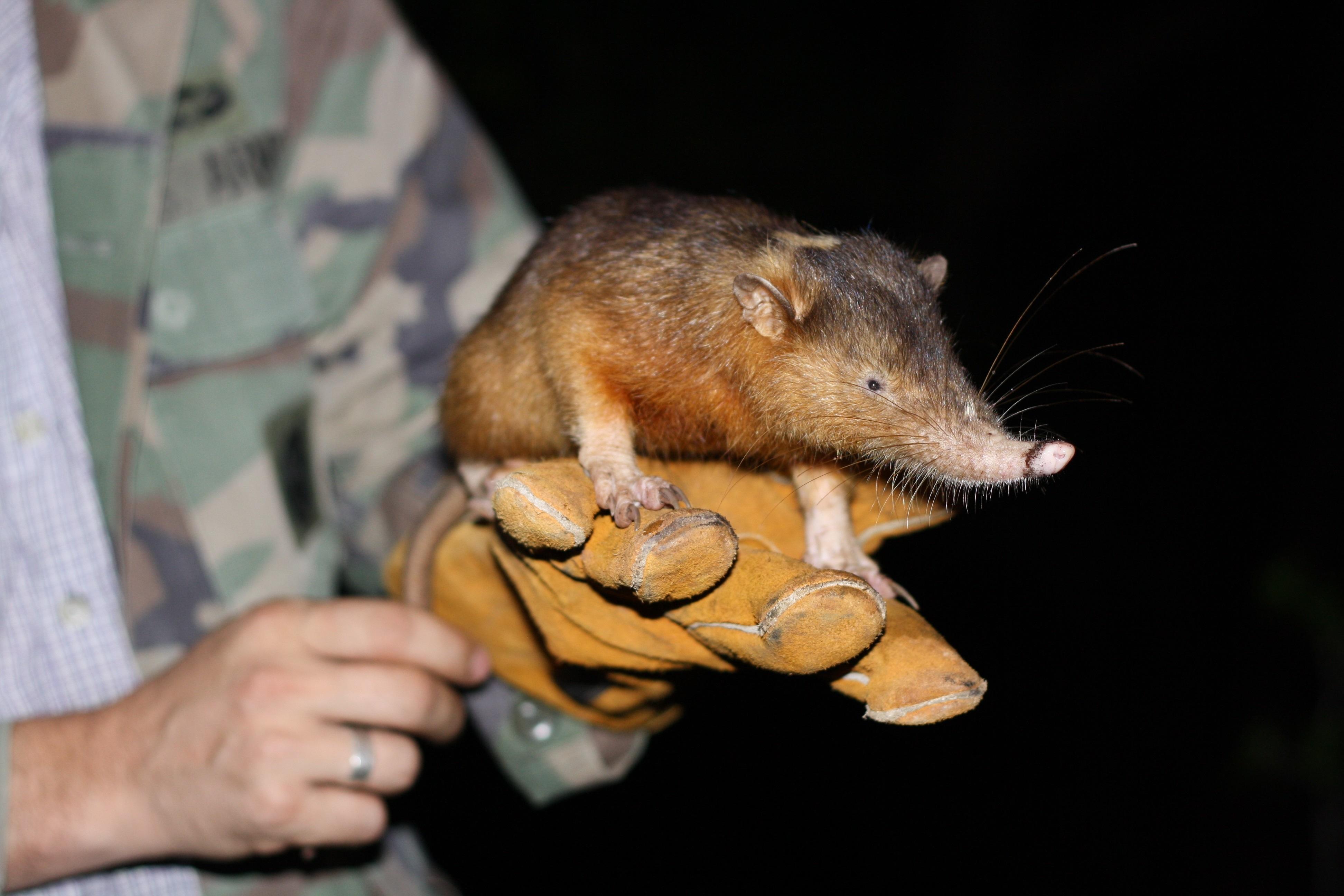Researchers from Liverpool School of Tropical Medicine (LSTM) and Zoological Society of London (ZSL(link is external)) have worked with a team of scientists from institutions across the globe – to uncover the truth behind the origin of venom in some very unusual mammals.
As outlined in a paper(link is external) published today in PNAS, the team focused their attention on an unusual endangered species known as the Hispaniolan solenodon (Solenodon paradoxus) – a member of the eulipotyphlan order of mammals, an ancient group of insectivores also including hedgehogs, moles and shrews. Obtaining venom from wild solenodons and unravelling the genetic blueprint of this species enabled the identification of the proteins that make up their venom, revealing that it consists of multiple kallikrein-1 serine proteases. Analysis of these toxins showed they are probably used by solenodons to cause drops in blood pressure in the vertebrate prey on which they sometimes feed.
To their surprise, the team found that the kallikrein-1 serine protease toxins found in solenodon venom had evolved in parallel with those detected in the venom of distantly related venomous shrews. The same building blocks of venom have therefore evolved convergently within solenodons and shrews, despite their divergence from one another over 70 million years ago – when dinosaurs still walked the earth.
Read more at Liverpool School of Tropical Medicine
Photo: Hispaniolan solenodon - Photo credit: Lucy Emery


